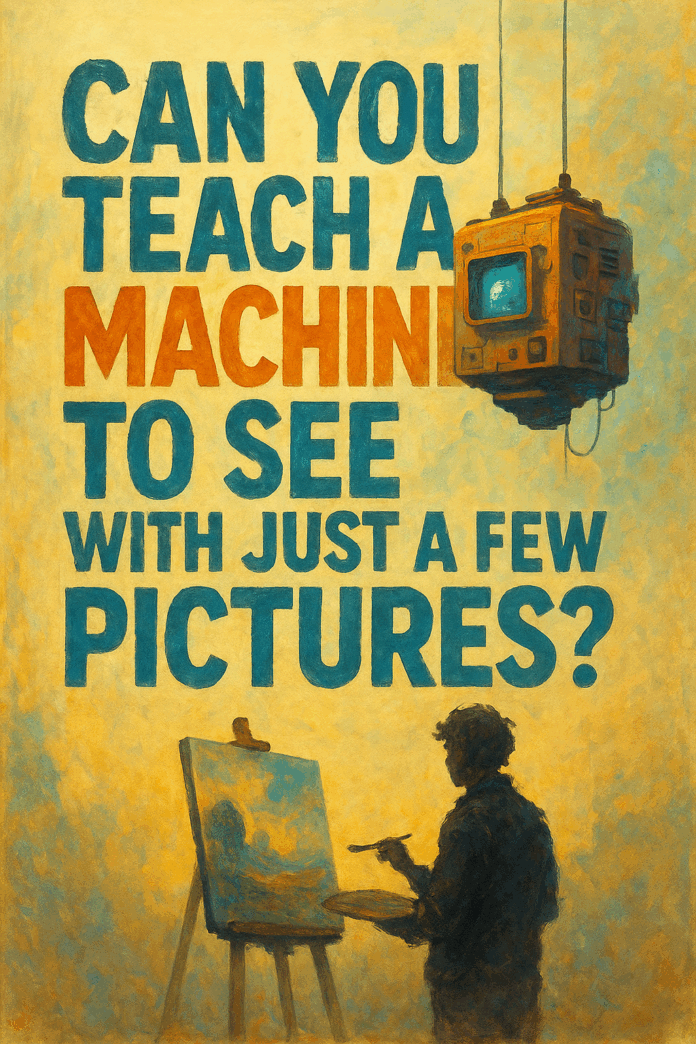Introduction to AI Training
In the world of artificial intelligence, it’s common for systems to rely on massive datasets and powerful computing. However, a group of innovative researchers from China has proposed a new approach: what if machines could learn like humans, by reasoning and thinking through problems, rather than just memorizing answers?
The Current State of AI
Currently, AI systems are trained using large amounts of data, which can be time-consuming and inefficient. This approach requires thousands of annotated images, making it difficult to improve the system’s performance. However, the researchers’ new idea challenges this conventional method by introducing a paradigm-shifting approach to teaching machines how to "see" and understand the world.
Visual Reinforcement Fine-Tuning
The 2025 arXiv paper "Visual-RFT: Visual Reinforcement Fine-Tuning" explores this new approach. The project, a collaboration between Shanghai Jiao Tong University, Shanghai Artificial Intelligence Laboratory, and The Chinese University of Hong Kong, demonstrates a novel method for teaching machines to learn with just a handful of images. This is achieved by combining reinforcement learning with vision-language models, allowing the system to learn through trial and error, rather than relying on big data.
The Power of Verifiable Feedback
This research offers a new path forward for AI development, using verifiable feedback to help models reason and improve, especially when data is scarce. Imagine an AI that learns like a child, by receiving feedback and adjusting its understanding accordingly. This approach has the potential to revolutionize the way we train AI systems, making them more efficient, effective, and adaptable.
The Future of AI
The implications of this research are significant, and it has the potential to inspire a new generation of AI systems. By using verifiable feedback and reinforcement learning, we can create machines that learn and adapt in a more human-like way. This could lead to breakthroughs in areas such as computer vision, natural language processing, and decision-making.
Conclusion
In conclusion, the "Visual-RFT: Visual Reinforcement Fine-Tuning" paper offers a groundbreaking approach to AI training, one that challenges the conventional reliance on big data and brute-force computing. By using verifiable feedback and reinforcement learning, we can create more efficient, effective, and adaptable AI systems. As we continue to develop and refine this approach, we may uncover new possibilities for AI development, and pave the way for a future where machines can learn and reason like humans.

